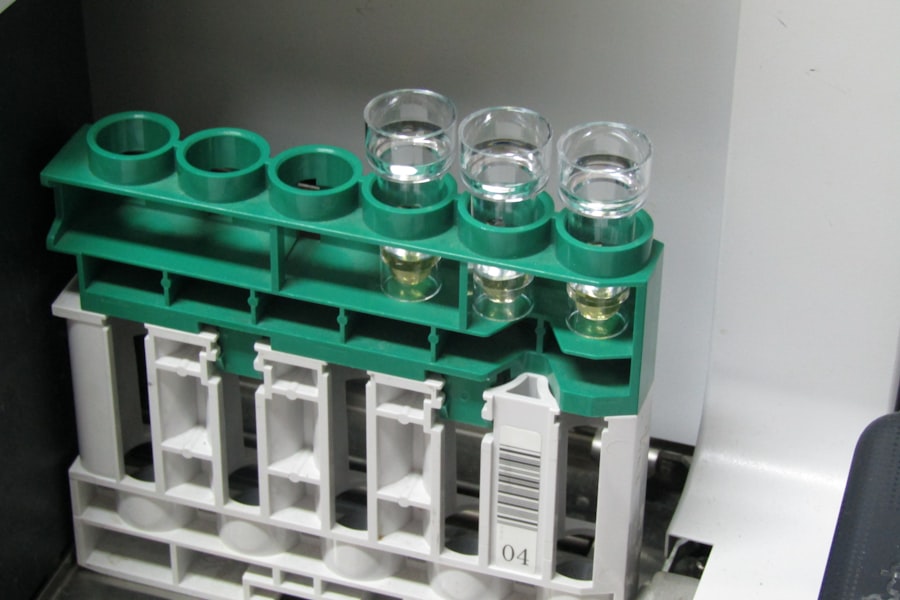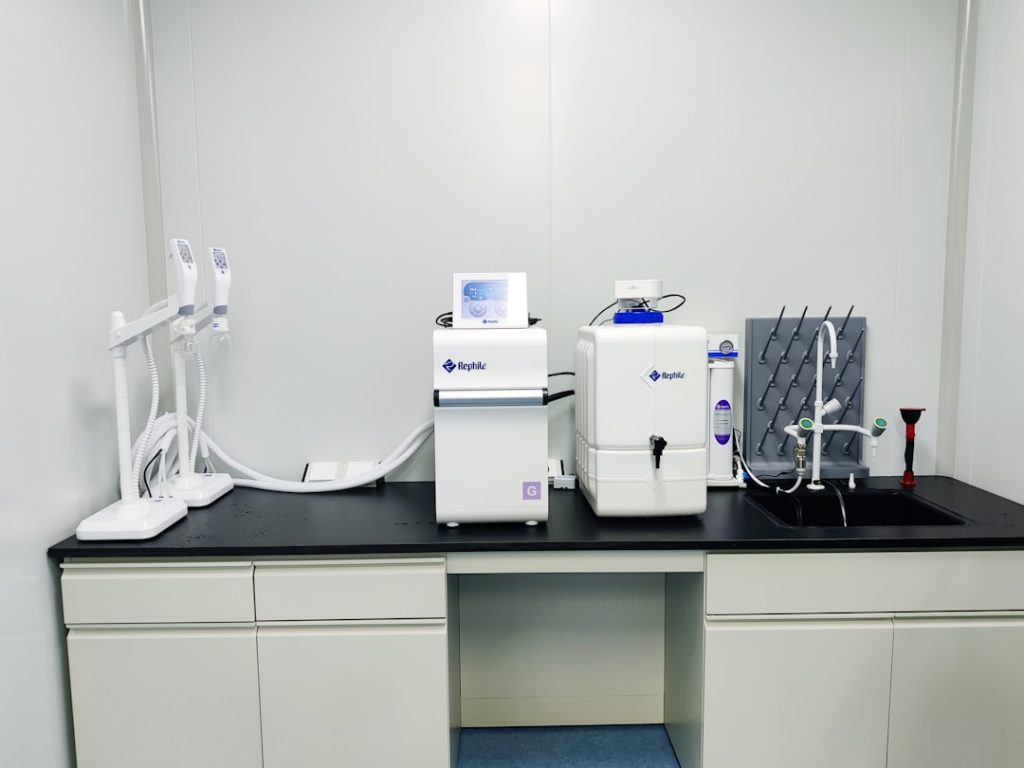The Interactive Voice Response System (IVRS) has emerged as a pivotal technology in the realm of clinical trials, revolutionizing the way data is collected, managed, and analyzed. This automated telephony system allows for the collection of information through voice prompts, enabling participants to respond using their telephone keypads or voice commands. The integration of IVRS into clinical trials has not only streamlined processes but has also enhanced the overall efficiency of trial management.
As clinical trials become increasingly complex, the need for innovative solutions like IVRS has grown, providing researchers with tools to navigate challenges such as patient recruitment, data integrity, and regulatory compliance. The adoption of IVRS in clinical trials is driven by the necessity for real-time data collection and patient engagement. Traditional methods often involve cumbersome paperwork and manual data entry, which can lead to errors and delays.
In contrast, IVRS offers a user-friendly interface that allows participants to report outcomes, side effects, and other relevant information quickly and accurately. This technology not only facilitates better communication between researchers and participants but also ensures that data is collected in a timely manner, which is crucial for the success of any clinical trial.
Key Takeaways
- IVRS systems enhance patient recruitment, retention, and data accuracy in clinical trials.
- They streamline communication and collaboration among trial stakeholders.
- IVRS ensures compliance with regulatory requirements, improving trial integrity.
- Successful case studies demonstrate significant efficiency gains using IVRS technology.
- Future innovations promise further improvements in trial management and patient engagement.
Benefits of Using IVRS System in Clinical Trials
One of the most significant benefits of utilizing an IVRS system in clinical trials is the enhancement of operational efficiency. By automating various processes such as randomization, drug dispensing, and patient follow-up, IVRS reduces the administrative burden on clinical trial staff. This automation minimizes human error and allows researchers to focus on more critical aspects of the trial, such as data analysis and patient care.
For instance, when a participant calls into the IVRS to report their status or side effects, the system can instantly log this information into the database, ensuring that it is readily available for review. Moreover, IVRS systems can be tailored to meet the specific needs of different trials. Customizable scripts allow researchers to design prompts that are relevant to their study protocols, ensuring that participants receive clear instructions and questions that pertain directly to their involvement in the trial.
This flexibility not only enhances participant engagement but also improves the quality of data collected. By providing a structured yet adaptable framework for communication, IVRS systems can significantly enhance the overall effectiveness of clinical trials.
How IVRS System Improves Patient Recruitment and Retention

Patient recruitment is often cited as one of the most challenging aspects of conducting clinical trials. The use of an IVRS system can significantly improve recruitment efforts by simplifying the process for potential participants. For example, interested individuals can call an IVRS hotline to learn about ongoing studies, eligibility criteria, and participation requirements without needing to navigate complex websites or wait for a callback from a research coordinator.
This immediate access to information can increase interest and encourage more individuals to consider participation. Retention is equally critical in clinical trials, as dropouts can compromise the validity of study results. IVRS systems can play a vital role in maintaining participant engagement throughout the trial duration.
Regular automated reminders via phone calls or messages can help keep participants informed about upcoming appointments or necessary follow-ups. Additionally, IVRS can facilitate ongoing communication by allowing participants to report any concerns or side effects directly through the system. This proactive approach not only fosters a sense of involvement among participants but also helps researchers identify potential issues early on, thereby enhancing retention rates.
Enhancing Data Collection and Management with IVRS System
| Metric | Description | Before IVRS Implementation | After IVRS Implementation | Improvement |
|---|---|---|---|---|
| Data Collection Speed | Average time to collect data from respondents (minutes) | 45 | 15 | 66.7% faster |
| Data Accuracy | Percentage of error-free data entries | 85% | 98% | 15.3% improvement |
| Response Rate | Percentage of respondents completing surveys | 60% | 85% | 41.7% increase |
| Data Management Efficiency | Time spent on data cleaning and processing (hours) | 10 | 3 | 70% reduction |
| Cost per Data Point | Average cost to collect and manage one data point | 2.50 | 1.00 | 60% cost saving |
| User Accessibility | Number of languages supported for data collection | 3 | 10 | 233% increase |
The integration of IVRS systems into clinical trials significantly enhances data collection and management processes. Traditional methods often involve manual entry and paper-based forms, which are prone to errors and can lead to inconsistencies in data reporting. In contrast, IVRS automates data collection through standardized prompts and responses, ensuring that information is captured accurately and consistently across all participants.
This standardization is crucial for maintaining the integrity of trial data and ensuring that it meets regulatory standards. Furthermore, IVRS systems provide real-time data access, allowing researchers to monitor participant responses and trial progress continuously. This immediacy enables timely decision-making and adjustments to study protocols if necessary.
For instance, if a particular side effect is reported frequently by participants, researchers can quickly assess whether it warrants further investigation or modification of treatment protocols. The ability to analyze data in real-time not only enhances the quality of research but also accelerates the overall timeline of clinical trials.
Ensuring Compliance and Regulatory Requirements with IVRS System
Compliance with regulatory requirements is a fundamental aspect of conducting clinical trials. The use of an IVRS system can help ensure adherence to these regulations by providing a structured framework for data collection and participant interaction. Regulatory bodies such as the FDA require that clinical trials maintain rigorous standards for data integrity and participant safety.
IVRS systems facilitate compliance by documenting every interaction with participants, creating an auditable trail that can be reviewed during inspections or audits. Moreover, IVRS systems can be programmed to include specific compliance-related questions or prompts that align with regulatory guidelines. For example, researchers can use the system to remind participants about important safety information or to confirm their understanding of informed consent procedures.
By embedding compliance checks within the IVRS framework, researchers can enhance participant safety while simultaneously meeting regulatory expectations.
Streamlining Communication and Collaboration in Clinical Trials with IVRS System

Effective communication is essential for the success of any clinical trial, involving multiple stakeholders such as researchers, sponsors, and participants. An IVRS system streamlines communication by providing a centralized platform for information exchange. Participants can easily access trial-related information through automated calls or messages, reducing the need for direct contact with research staff for routine inquiries.
This not only saves time for both parties but also allows research teams to allocate their resources more effectively. Collaboration among research teams is also enhanced through the use of IVRS systems. By centralizing data collection and participant interactions, all team members have access to up-to-date information regarding trial progress and participant status.
This transparency fosters collaboration among team members who can share insights and address challenges more effectively. For instance, if a particular site experiences lower recruitment rates than expected, team members can quickly strategize on how to address this issue based on real-time data from the IVRS system.
Case Studies and Success Stories of IVRS System Implementation in Clinical Trials
Numerous case studies illustrate the successful implementation of IVRS systems in clinical trials across various therapeutic areas. One notable example is a multi-center oncology trial that utilized an IVRS system for patient randomization and follow-up assessments. By automating these processes, researchers were able to reduce randomization errors significantly and improve patient compliance with follow-up visits.
The study reported a 30% increase in retention rates compared to previous trials that relied on traditional methods. Another compelling case involved a cardiovascular study where an IVRS system was employed to monitor patient-reported outcomes related to medication adherence and side effects. The real-time feedback provided by participants allowed researchers to identify trends in medication adherence early on, leading to timely interventions that improved overall patient outcomes.
The success of this approach not only enhanced the quality of data collected but also demonstrated how technology could be leveraged to improve patient engagement in clinical research.
Future Trends and Innovations in IVRS System for Clinical Trials
As technology continues to evolve, so too does the potential for innovation within IVRS systems used in clinical trials. One emerging trend is the integration of artificial intelligence (AI) and machine learning algorithms into IVRS platforms. These advancements could enable more sophisticated data analysis capabilities, allowing researchers to identify patterns and insights from participant responses more effectively than ever before.
For instance, AI could help predict patient dropout rates based on historical data trends, enabling proactive measures to enhance retention. Additionally, advancements in mobile technology may lead to more interactive IVRS systems that incorporate SMS or app-based communication alongside traditional voice prompts. This multi-channel approach could cater to diverse participant preferences while enhancing engagement levels across different demographics.
As clinical trials increasingly embrace digital transformation, the future of IVRS systems will likely involve greater personalization and adaptability, ultimately leading to improved outcomes for both researchers and participants alike.




